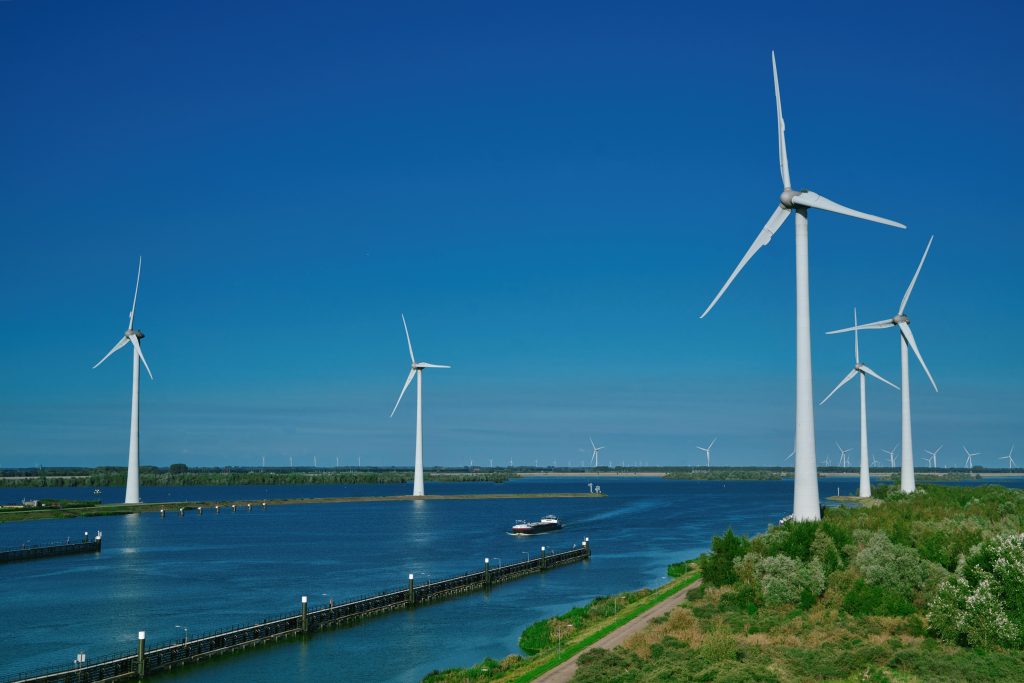This year, renewable electricity in Britain is getting more support than ever. This will come from the Contracts for Difference Allocation Round 6 (CfD AR6) which is the British government’s main mechanism for funding renewable energy generation. As of March 2024, the UK government has committed £1 billion ($1.2 billion) to this year’s upcoming auction.
Contracts for Difference has backed our renewables sector’s growth, helping us become a leader in clean, homegrown energy. It’s thanks to this scheme that the UK has a world-class fleet of offshore windfarms, says Dan McGrail, @RenewableUKCEO @RenewableUK pic.twitter.com — Department for Energy Security and Net Zero (@energygovuk) March 27, 2024
Supporting Renewable Electricity
The British CfD AR6 scheme promotes homegrown renewables in a cost-effective way. Deploying new electricity infrastructure can be expensive, especially when the price of energy is always changing. That’s why CfDs are issued using investment funding, so developers can access start-up capital and receive protection from price volatility.
By focusing on homegrown renewable energy, the government aims to achieve clean and efficient electricity in the future. The energy grid is vital for everything from basic infrastructure to advanced digitization, which is another focus of the UK government. Through digitization, the internet is becoming essential for work and many types of entertainment, like video streaming or iGaming websites. From processing work payments to playing online slot games for real money, the internet has a big role in the future of finance and governance. That internet only works so long as we have energy, however, and it’s the goal of most world governments to make energy cheaper and renewable, so we can rely on it in the far future.
Amid other efforts by the Office of Gas and Electricity Markets (Ofgem) and the Department for Energy Security and Net Zero, the CfD auctions first started in 2014. Its first allocation rounds were runaway successes, helping to take the risk out of green energy development. By providing green options and making their creation cheaper, it also translated to cheaper electricity services for some consumers.
Since 2014, six allocation rounds have been finalized with diminishing returns. This was somewhat expected as the industry settled, though offshore wind energy suffered greatly in last year’s AR5 when no new bids were received to support this type of renewable energy. This was due to unforeseen and dramatic shifts in energy prices at the start of that year, which made investment untenable.
While the homegrown green energy industry is starting to settle, allocation rounds still make progress toward supporting renewable electricity in other areas. One of the auction’s main benefits is that green energy initiatives compete against each other for CfDs, meaning that the most economically viable projects win out when the market can support them.

Source: Pexels
2024’s CfD Auction
After the recent slump in energy investment, the UK has doubled down for this year’s sixth round of CfD allocation. The government has cleared over a billion in funding and updated its page dedicated to this important power auction. This expanded CfD budget should be able to withstand prices changes in the global energy market, providing the stability that smaller renewable projects rely on when they accept funding from one of these auctions.
Offshore wind energy is key to the UK’s stated net-zero goals – 50 gigawatts of offshore wind power by 2030. The 2023 AR5 set back these goals, so this year’s AR6 is aiming at to secure funding for at least ten gigawatts to stay on track. The auction ceiling price for offshore wind has been increased as a result, to £73 ($92) per megawatt hour from last year’s £44. This reflects the energy market today, meaning that savvy and sustainable developers can make decisions informed by more authentic, up-to-date figures before committing to a project.
The auction process takes most of the year, officially starting in February but getting underway in late March and early April. From there, applicants are accepted and encouraged to bid throughout the summer before finalization in August.

